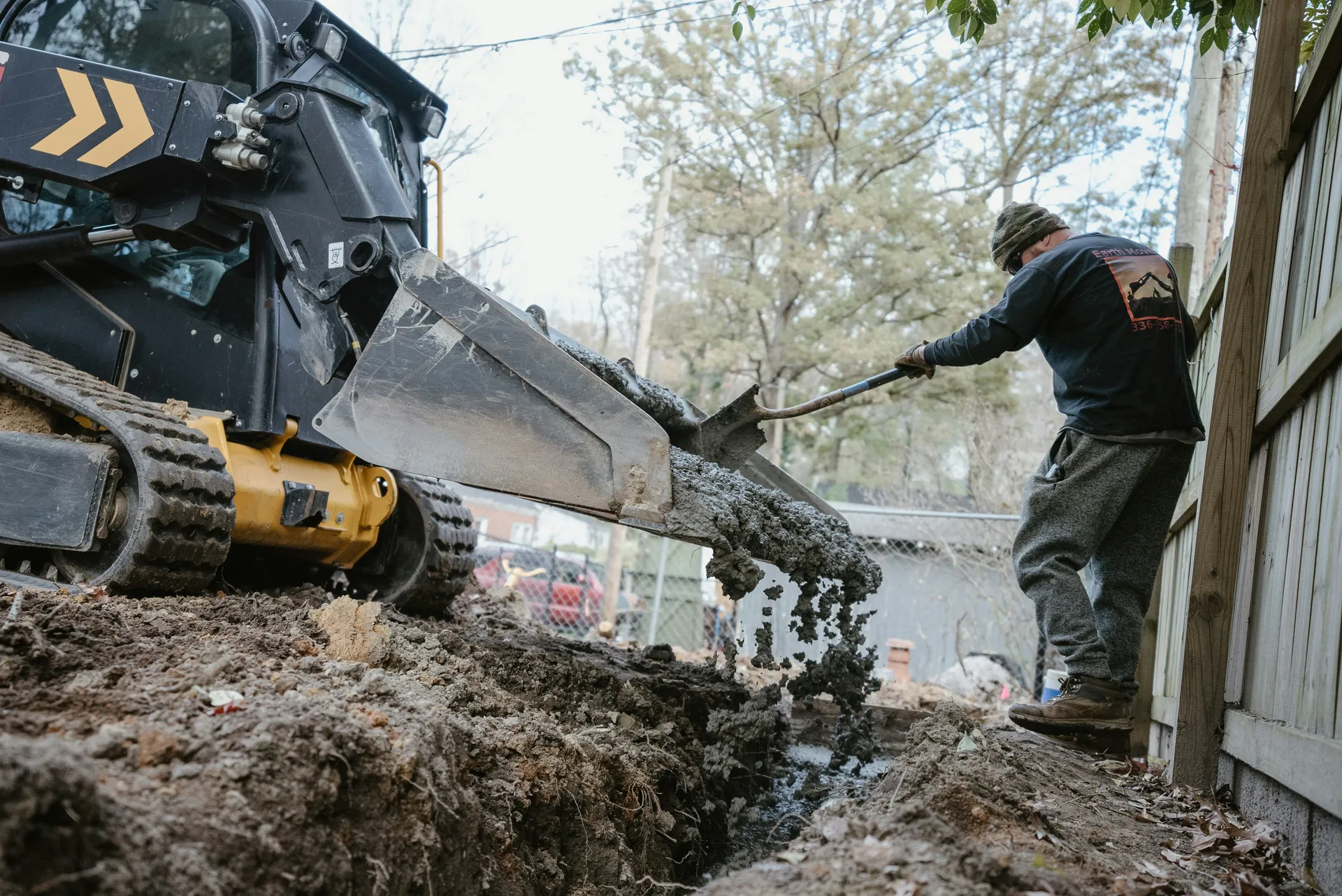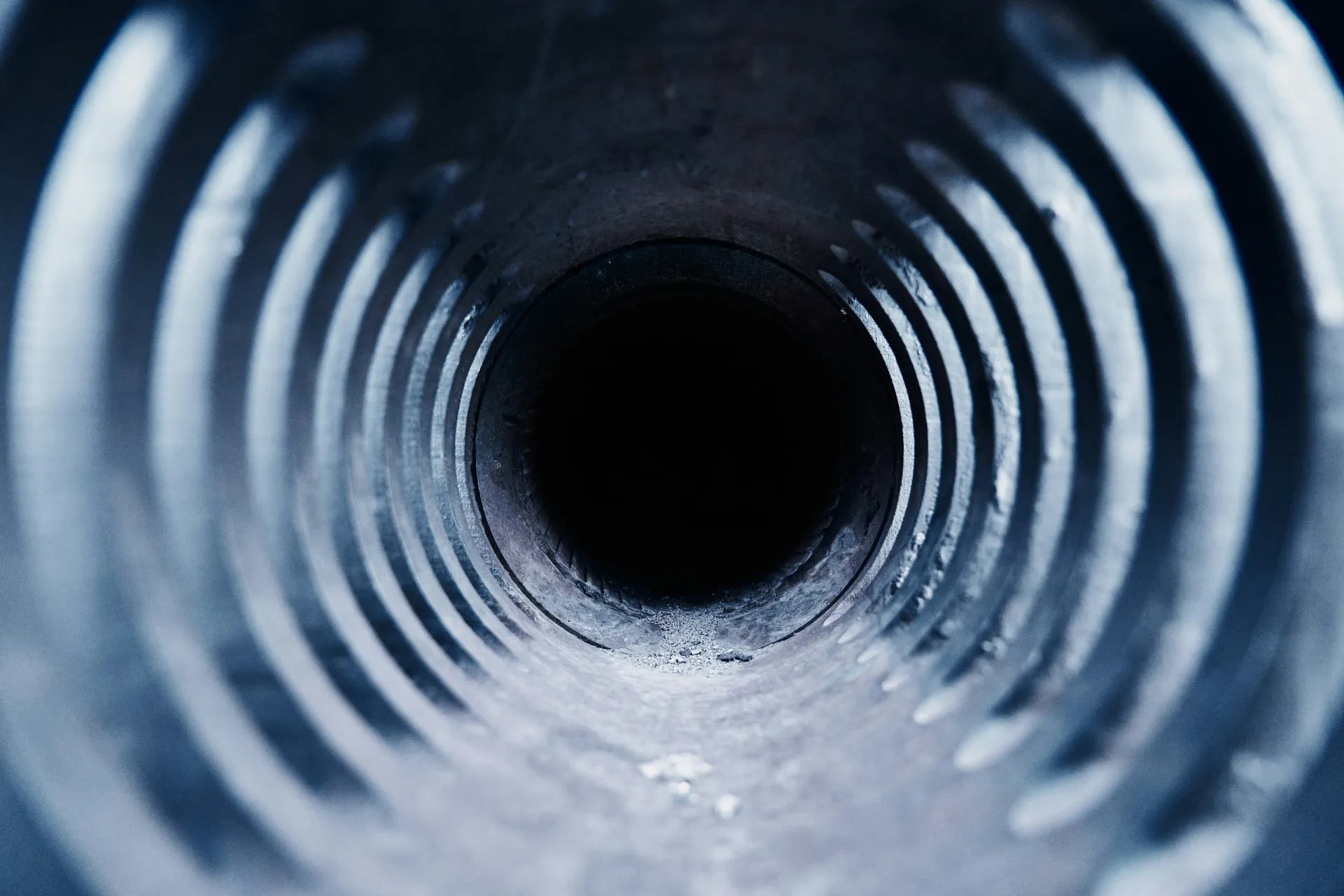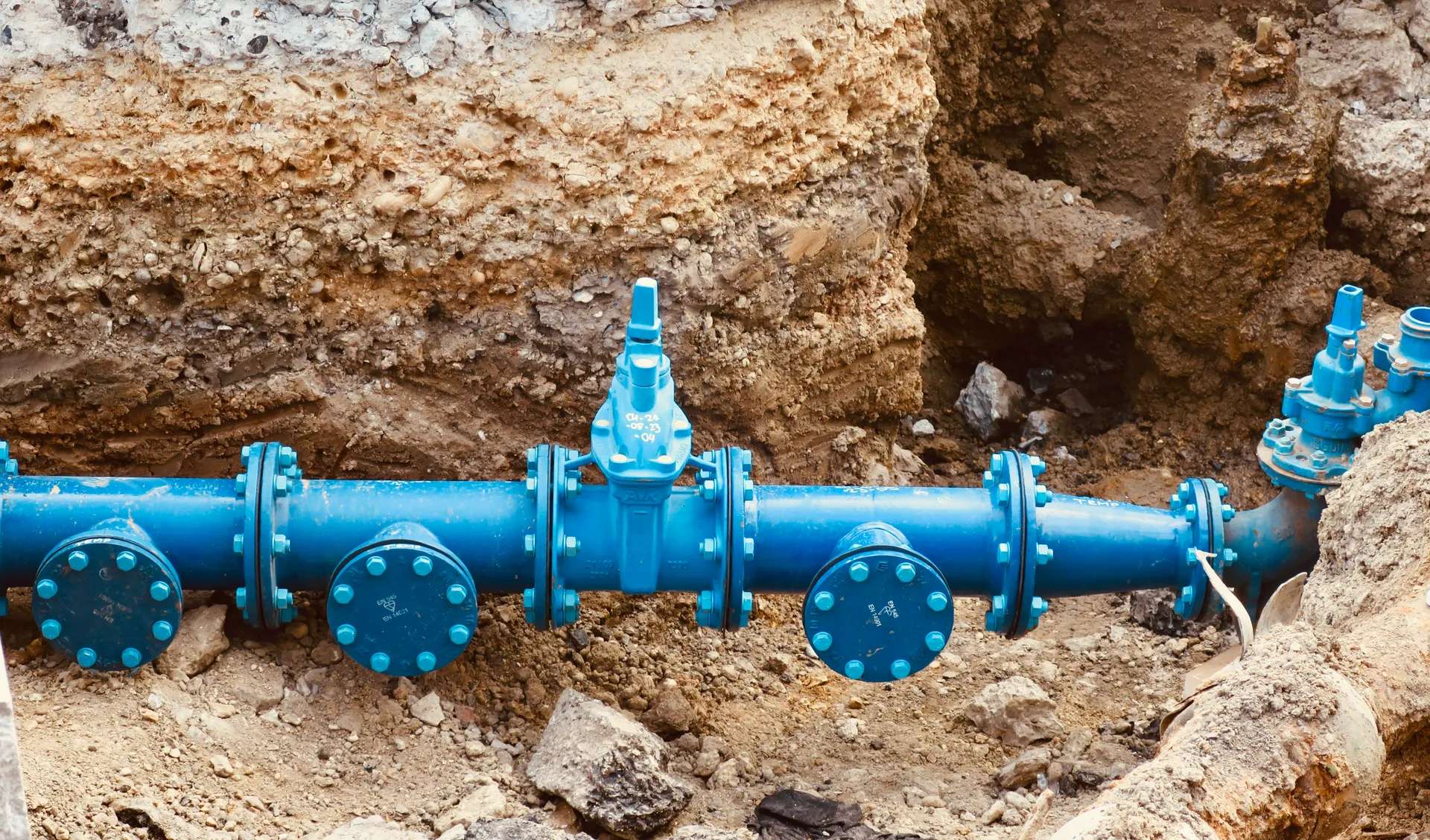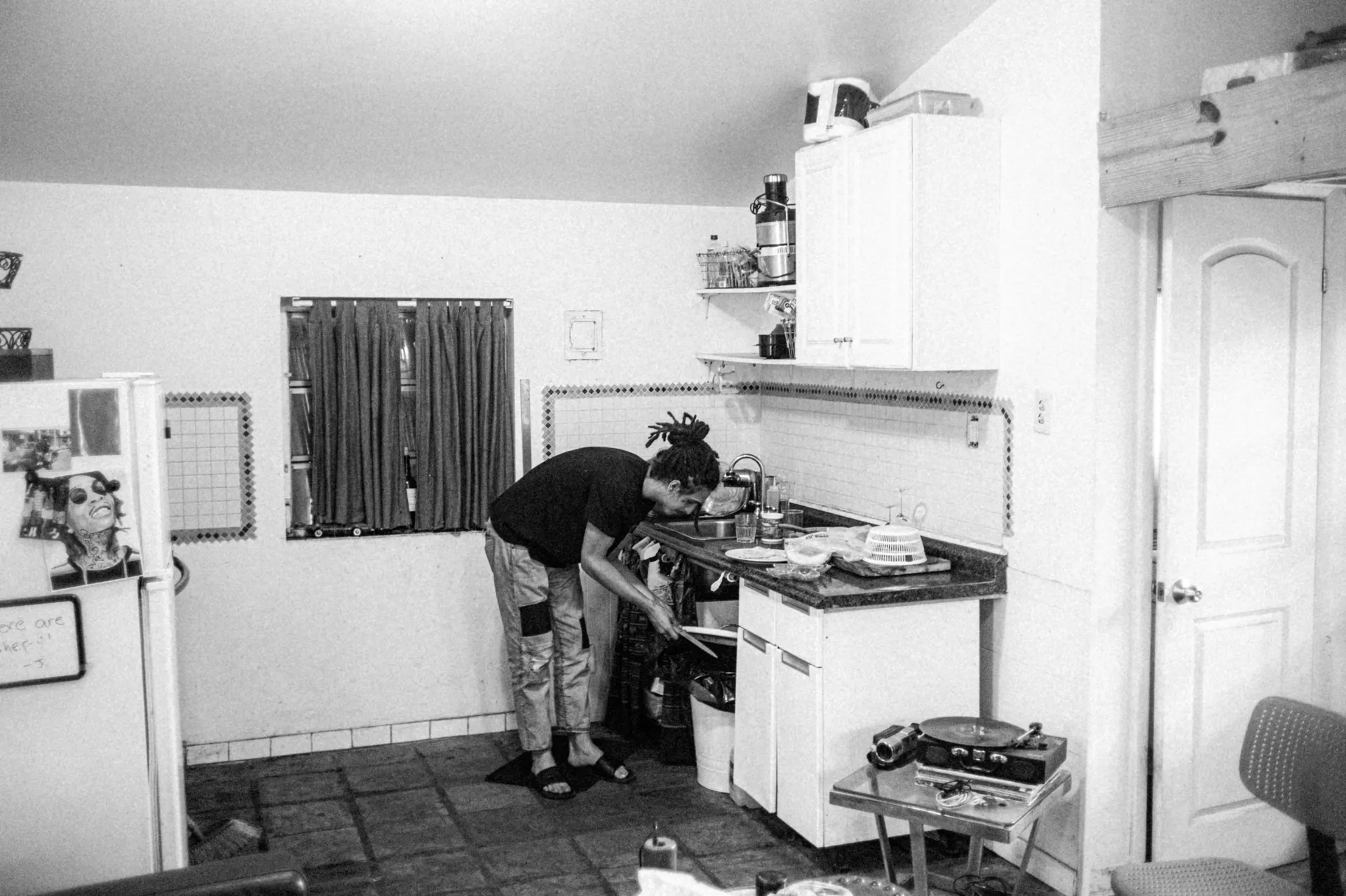Sewer Line Repair: Methods, Costs, and When to Call a Pro (2025 Guide)
As a master plumber for over 18 years, I’ve seen firsthand the stress a sewer line problem can cause. That smell, the slow drains, the worry about what’s happening underground—it’s enough to disrupt your entire life. If you’re reading this, you’re likely facing that anxiety right now. Take a deep breath. You’ve come to the right place. We’re going to tackle this together, methodically and without panic.
The Medical Approach to Plumbing: Just like a doctor diagnosing a patient, we need to identify the symptoms, understand the underlying cause, and prescribe the right treatment. Your sewer line is your home’s circulatory system, and when it’s blocked or broken, the whole house suffers.
This guide is my way of being there with you, explaining the signs, the causes, and the solutions, just as I would if I were standing in your home.
Key Takeaways
- Know the Signs: Foul odors, multiple slow drains, and soggy spots in your yard are classic red flags for a sewer line issue.
- Two Main Fixes: Your primary choices are traditional trenching (digging) and modern trenchless methods (less digging).
- Cost Varies Widely: Expect to pay anywhere from $4,000 to over $25,000, depending heavily on the repair method and complexity.
- This is Not a DIY Job: Sewer line repair involves significant health risks and requires specialized equipment. Always hire a licensed professional.
The Telltale Signs of a Sewer Line Problem
Before we talk solutions, you need to be sure about the problem. A sewer line break isn’t subtle if you know what to look for. It’s your home’s main drain, so when it fails, the signs show up everywhere.
- Foul Odors: A persistent smell of sewage in or around your home is the most undeniable sign. You might notice it strongest in the basement or outside near the drain line.
- Multiple Slow Drains: If your shower, sinks, and toilets are all draining slowly or backing up simultaneously, the problem isn’t a simple clog; it’s likely in the main line.
- Gurgling Noises: Strange gurgling sounds coming from your toilets or drains often indicate that air is trapped in the plumbing system due to a main line blockage. If you’re experiencing toilet bubbling specifically, this is a strong indicator of sewer line issues.
- Soggy or Extra-Lush Patches in Yard: If an area of your lawn is suddenly green, lush, and marshy when the rest of the yard is dry, it could be sewage leaking underground and acting as a fertilizer.
- Foundation Issues: In severe, long-term cases, a leaking sewer line can saturate and erode the soil around your foundation, leading to cracks, settlement, or water damage. This is similar to slab leak issues that can also affect your foundation.
- Pest Problems: An increase in rats or insects can sometimes be traced back to a break in a sewer line, which provides them a food source and a path into your home.
Why Is This Happening? Common Culprits Behind Sewer Damage
It’s natural to ask, “Why my house?” Most of the time, it’s not due to anything you did. These are powerful systems, but they aren’t indestructible.
The number one culprit I see is tree roots. They’re naturally drawn to the water and nutrients in a sewer line. They can infiltrate through a tiny crack and, over years, grow into a massive blockage that can split the pipe wide open.
Here are the primary causes:
- Tree Root Intrusion: The single most common cause. Roots from trees and large shrubs seek out water sources and can break into pipes.
- Aging and Deterioration: Older pipes, especially those made of cast iron or clay, can simply corrode, rust, and break down over time.
- Severe Blockages: An accumulation of grease, solid objects, and other debris can create a blockage that puts immense pressure on the pipe, eventually causing it to crack or collapse. If you’re dealing with persistent drain clogs, this could be a warning sign of a larger sewer line problem.
- Soil Shifting: Ground movement from nearby construction, freeze-thaw cycles, or soil settlement can cause pipes to bend, break, or become misaligned.
Your Repair Options: Trench vs. Trenchless
Once we’ve confirmed a sewer line break, you have two main paths forward. Your contractor should explain both, but here’s the breakdown so you know what they’re talking about.
| Feature | Traditional (Trench) Repair | Trenchless Repair |
|---|---|---|
| Yard Disruption | Very High (requires a long, deep trench) | Very Low (only requires small entry/exit pits) |
| Project Time | Several days to a week | Typically 1-2 days |
| Labor Cost | Generally higher due to extensive excavation | Generally lower, but requires specialized equipment |
| Best For | Completely collapsed or severely misaligned pipes | Cracked, leaking, or root-infested pipes that are still somewhat intact |
Traditional (Trench) Repair: The Classic Approach
This is exactly what it sounds like. We bring in a backhoe and excavate a trench along the entire length of the damaged pipe to expose it. Then, we cut out the broken section and replace it with new PVC pipe.

Trenchless Repair: The Modern Solution
This is where the technology has really advanced. Instead of digging up your yard, we use one of two main techniques to repair the pipe from the inside.
1. CIPP (Cured-in-Place-Pipe) Lining
Think of this as creating a brand new, seamless pipe right inside the old one. We insert a flexible, resin-saturated liner into the existing pipe and inflate it. The resin then cures and hardens, forming a strong, durable new pipe wall that seals all cracks and holes.

2. Pipe Bursting
This method is for more heavily damaged pipes. We pull a new, high-density polyethylene (HDPE) pipe through the old one. The front of the new pipe has a “bursting head” that breaks the old, damaged pipe apart and pushes the fragments into the surrounding soil, laying the new pipe in its place.

The Bottom Line: What Does Sewer Line Repair Cost in 2025?
This is the question every homeowner asks. The answer depends heavily on your specific situation, but I can provide a realistic range based on current national averages.
The First Step is Always a Camera Inspection
Before any contractor can provide an accurate quote, they must perform a sewer camera inspection to diagnose the exact location, cause, and severity of the problem. This diagnostic service typically costs $300 - $500 and is a necessary initial investment to determine the best and most cost-effective repair solution. For complex cases, you may need a leak detection specialist who has specialized equipment for underground pipe inspection.
Typical Sewer Line Repair Costs
Costs can vary significantly based on location, pipe condition, and repair method.
Cost factors:
- Traditional Trench Repair (per foot): $50 - $250, plus major landscaping restoration costs.
- Trenchless Pipe Lining (per foot): $90 - $200, less invasive but higher tech cost.
- Trenchless Pipe Bursting (per foot): $100 - $220, for more damaged lines.
- Full Replacement (Average Home): $4,000 - $25,000+, the total project cost can fall into a very wide range.
Key factors that influence your final price include:
- The chosen method: Trenchless is often more competitive when you factor in the cost of restoring your yard.
- Length and depth of the pipe: The longer and deeper the pipe, the higher the cost.
- Accessibility: A pipe under a driveway or mature tree is much harder (and more expensive) to access than one under an open lawn.
- Permits: Most municipalities require permits for this kind of work, which adds to the cost.
Related Cost Guides:
- Slab Leak Repair: Slab Leak Repair Cost: A 2025 Homeowner’s Guide
- General Leak Services: Leak Repair Services: A Guide to Costs and Finding a Pro
- Basement Issues: Basement Leak Repair: A Complete Guide to Methods and Costs
A Word of Caution: Why This Is NOT a DIY Project
I admire a homeowner’s can-do spirit, but this is one job you must leave to the professionals.
Health and Safety Warning: Attempting a DIY sewer line repair is extremely hazardous. You risk exposure to raw sewage, which contains dangerous bacteria and pathogens. Furthermore, improper repairs can lead to catastrophic backups, property damage, and municipal code violations, resulting in fines and even more expensive professional corrections.
Finding the Right Professional for the Job
Your choice of contractor is the most important decision you’ll make. A good plumber will save you money and stress in the long run. A bad one will be a nightmare.
Contractor Vetting Checklist
Major plumbing repairs ahead? When sewer line repairs exceed $5,000, consider upgrading related systems too. Our water heater calculator can help you budget for efficient upgrades while your plumbing is already being worked on.
Related Plumbing Issues:
- Water Pressure Problems: Low Water Pressure in House? Causes & How to Fix It
- Sump Pump Issues: Sump Pump Not Working? When to Call a Plumber for Repair
- Drain Problems: Drain Clog? When You Absolutely Need to Call a Plumber
My Final Word
Facing a sewer line issue is tough, but it is manageable. By understanding the signs, knowing your options, and, most importantly, hiring the right professional, you can get through this. You’ve taken the first and most important step: getting informed. Now, take the next one. Call a licensed, insured plumber to get a camera inspection. That’s the only way to know for sure what you’re dealing with.
If this was my home, I’d get that camera in the ground today. Knowledge is power, and right now, you need to see what’s happening underground to make the best decision for your home and family.
Long-Term Ownership Costs: Why Sewer Line Health is Like Preventive Medicine
The Medical Reality: Just like your body needs regular checkups, your sewer line needs preventive care. Understanding the complete lifecycle costs of your sewer system is crucial for long-term home health.
Total Cost of Ownership Analysis
Initial Investment: $4,000-25,000 (depending on repair method and extent) Annual Maintenance: $200-400 (professional inspection, cleaning, root treatment) Preventive Treatments: $150-300 (annual root treatment, cleaning) 20-Year Total Cost: $8,000-35,000 (including initial repair and maintenance)
The Preventive Medicine Approach to Sewer Care
Annual Checkups (Like Your Physical):
- Professional camera inspection every 2-3 years
- Annual cleaning and root treatment
- Regular drain maintenance and cleaning
Early Warning System:
- Monitor for slow drains (first symptom)
- Watch for gurgling sounds (circulatory system stress)
- Check for unusual odors (infection signs)
Lifestyle Changes (Like Diet and Exercise):
- Avoid planting trees near sewer lines
- Never flush wipes, grease, or non-flushable items
- Use enzyme-based drain cleaners monthly
The Cost of Neglect vs. Prevention
Neglect Costs:
- Emergency repairs: $4,000-25,000
- Property damage from backups: $2,000-10,000
- Health risks from sewage exposure: Priceless
Prevention Costs:
- Annual maintenance: $200-400
- Camera inspection every 3 years: $300-500
- Root treatment: $150-300
The Math is Clear: Prevention costs 90% less than emergency repairs, just like preventive medicine costs less than emergency surgery.

